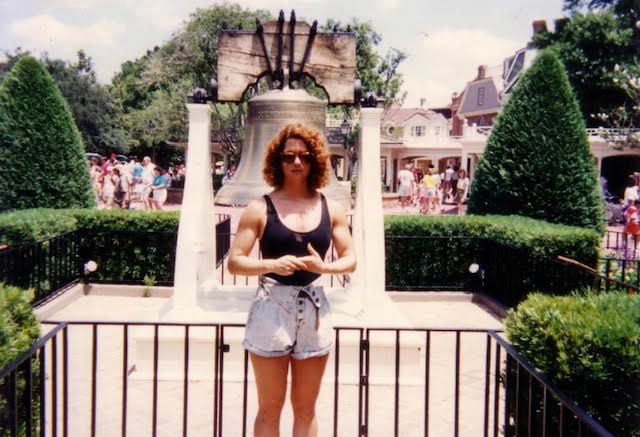
What it’s like for a former female bodybuilder to lift weights after menopause
It snuck up on me, like a rainstorm in a cloudless sky. There was always the anticipation, the array of prospects and possibilities you have when packing for a trip. There’s the excitement that comes from both solid planning and those unrealistic hopes you know serendipity might bring. You pack accordingly — sensible shoes and an impractical gown. One day comes the realization that not only have you been on that trip all along, you’re actually on your way home.
I always thought I could plan for things, do whatever I set out to do, work my way up to or talk myself into just about anything. There was always the presumption that if I applied myself I could master it, a certainty that discipline and knowledge could lead to me from point A to point B. When I’m asleep, in my dreams I’m the same me I’ve always been, a sort of ageless girl-woman where both my knees and flirting work. Then I wake up into a body that can no longer bound upstairs or elicit many stares. In dreams no plot is too outrageous, but in my waking life too many scenarios are just plain senseless. Now when I wake up, my legs and back hurt, neither my brain nor my metabolism works anymore. I need to respect the fact that I can’t do what I used to and, despite what any self-help guru might say, possibilities are not limitless.
How to accept your older body’s limits
Now, I can’t run 40+ miles a week. Now, I can’t run at all. All those years of pounding, those thousands of miles, they took their toll. My knees are shot, the discs in my lower back compressed. At first, I was devastated. Angry and depressed. Running — being a runner — was a big part of who I was. For a long time I just sulked. When I saw someone running I’d sometimes actually look away, it hurt so much. Then I put on my big girl panties. (And not just because not running made me go up a size or three.) I stopped sulking and started walking. OK, I couldn’t run but I could walk.
I began walking six miles a day, traveling that same loop around the park I’d run for years. I may not have felt or looked like the athlete I was, but I still got out and moved. One foot in front of the other, in all kinds of weather. Like before, I enjoyed the seasons changing, listening to music. I made a commitment to walk at least 10,000 steps a day. When I moved last year, I loved exploring my new neighborhood. No more Central Park but now on my daily walks I see the Statue of Liberty, the South Street Seaport, the World Trade Center, the East River and the Hudson River. On any given day I might walk the streets of Chinatown, Little Italy, Greenwich Village, Soho, Tribeca, Chelsea. I have the time and pace to see flowers, famous landmarks and wildlife I’d never see if I were huffing, puffing, and pounding the pavement. Also, my brain isn’t what it used to be, so it’s become hard to read books, but now that I’m walking every day I spend hours listening to books I’d unlikely have made time to sit down and read before, and I listen to all kinds of podcasts. What I lost being a runner I was able to gain in information, relaxation, and exploration.
But with age comes wisdom, and hopefully, tenacity
So, I’m working out hacks to get around my body’s limitations. I was an avid runner for decades. I ran every other day, no matter the weather. Luckily, I lived near Central Park here in Manhattan, and though much of it was on the hard road, not dirt, it was as beautiful a run as one might hope for. Gorgeous trees, a lake, ponds, even a steep hill for challenge. Part of the New York Road Runners, I ran races, including marathons and the Midnight Run every New Year’s Eve. All those years I was also a bodybuilder. Even if I’d woken up at 5AM to go for a 12-mile run before work, I’d meet my training partner after work to get in our weight-training sessions.
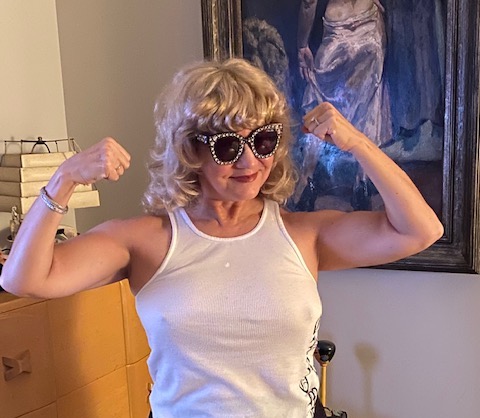
As for bodybuilding, post-menopause changes that, too. I no longer have testosterone and the lower level of body fat I once did. I no longer have the vigor needed to do intense, 90-minute daily workouts with multiple sets per exercise and multiple exercises per body part. For 20+ years, I’d do, say, three or four exercises for my pecs (chest) and do three or four sets for each of those exercises. I did what most bodybuilders did: a split-system. One day I did back, legs and biceps, the next day I did chest, shoulders and triceps, and the next day the pattern started over again. Usually there was at least one rest day per week. Now age and meds meant fatigue, injuries, and the progress in weights and size came to a standstill, then began to diminish.
Again, I felt heartbroken. Being a bodybuilder, being strong and muscular even before it was “fashionable” for women, was a huge part of my self-image. It was an area where I spent a lot of time and energy, and something in which I could honestly say I excelled. Also, psychologically, in an uncertain world, as an adult I’d relied on my body as being the one thing I could control. If you did A then B would happen. After menopause, that equation fell apart. I’d go on my daily walks, but I had to admit that I could no longer think of myself as athletic. I didn’t look the part and more importantly, I didn’t behave the part.
The weight-lifting hack that actually works for post-menopausal women
Looking for a way to safely dip my toe back into the weight-training pool, I came across a hack in Tim Ferriss’ book, The 4-Hour Body. He talked about a MED (Minimum Effect Dose) protocol, a way to put in minimal effort and still get effective results. Based on research, he promoted a way to weight-train by just doing one set per exercise while just doing one exercise per body part. Also, you had to put in two rest days between training days. In other words, while I spent decades spending almost 10 hours a week in the gym, this new training protocol demanded you not spend more than two. You just had to work until failure for each exercise, something I’d always done anyway. (This means that while doing your reps, you don’t stop until you absolutely, positively, not-if-they-gave-you-a-million-dollars could you do another rep. Also, you had to use a 5-5 cadence, meaning you had to go slowly on the positive and negative movements. (Trust me, this makes it much harder. When curling a dumbbell, for example, you have to go curl it slowly with a count of five and let it down slowly with a count of five. Gravity is against you every step of the way.)
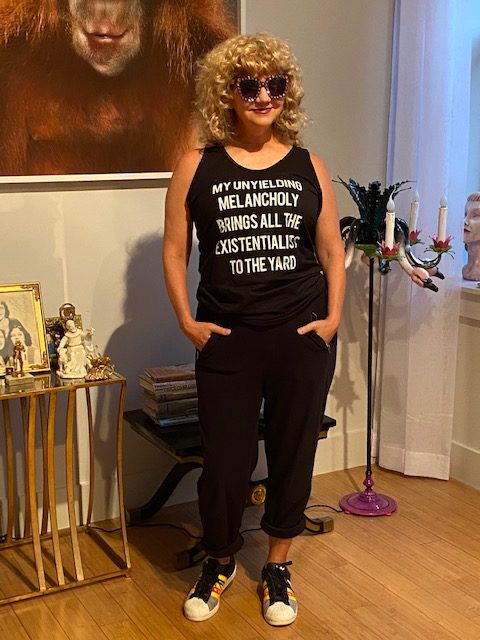
I was skeptical, but I literally had nothing to lose. The hardest part at first was forcing myself not to do more sets. Just this one set of calf raises? The one set thing was counter to everything I’d done and learned for decades. I was also embarrassed to be the one in the gym doing it “wrong”, moving on from a machine after just one set. It was embarrassing to be the woman with the little notebook, recording her progress in weights and number of reps. I tried reminding myself that nobody really gives a f**k about you and your notebook and just kept at it. Certainly, it was nice to walk in the gym door and be done a half hour later.
It’s been only two months and I have to say, this is great. It’s not easy—working at the slow pace to failure is not a walk in the park. But with just a couple of hours a week I have seen definite, visible improvement in the body parts I’m training. All I can think now is how many hours I wasted when I could have cut my workout time by 2/3s and likely still have seen comparable results.
Trading in self-reliance for self-awareness
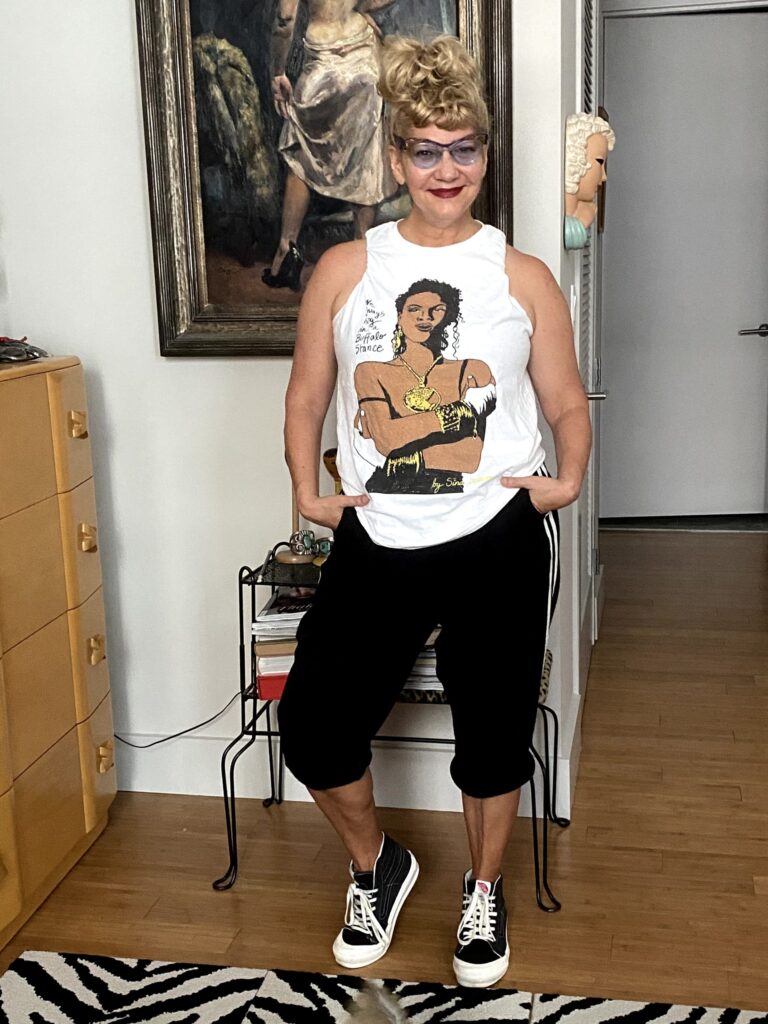
Like a lot of people, I’ve found ways around my body’s limitations. In weight-training, I’m making similar progress to the kind I made when I was younger, in just a fraction of the time. I miss the runner’s high and thin thighs running gave me, but now I have relaxing strolls along rivers and around neighborhoods to get me out of bed in the morning. When it comes to my body, I’m not sleeker, I’m not stronger, but I am smarter. All those years I ignored doctors’ advice, plowed on through injuries, and disregarded warning signs. That sense of invincibility that comes from youth has been replaced with wisdom that comes from age and experience. Now I know better. The foolhardy self-reliance of youth has been replaced by the self-reliance that comes from having been around the block multiple times (literally).
I’ve come to accept that while I may not physically be better I do know better. What I’ve lost in certainty and time, I’ve gained in wisdom, insight and ingenuity. I don’t have the energy or bone health to pursue what I’d like (my knees won’t let me kickbox no matter how many people I really need to kick) but I can try and replace what I’ve lost with new-found hacks and some much needed self-awareness.
It’s true, I’m not who I used to be, and it’s natural to mourn that loss. But I can’t let myself wallow in grief. I will continue to look for ways around my physical challenges. My youth — that indefatigable caterpillar — is gone forever. But now I’ll do whatever I can to let some sort of older, but newer, butterfly take her place.
Sorry, the comment form is closed at this time.

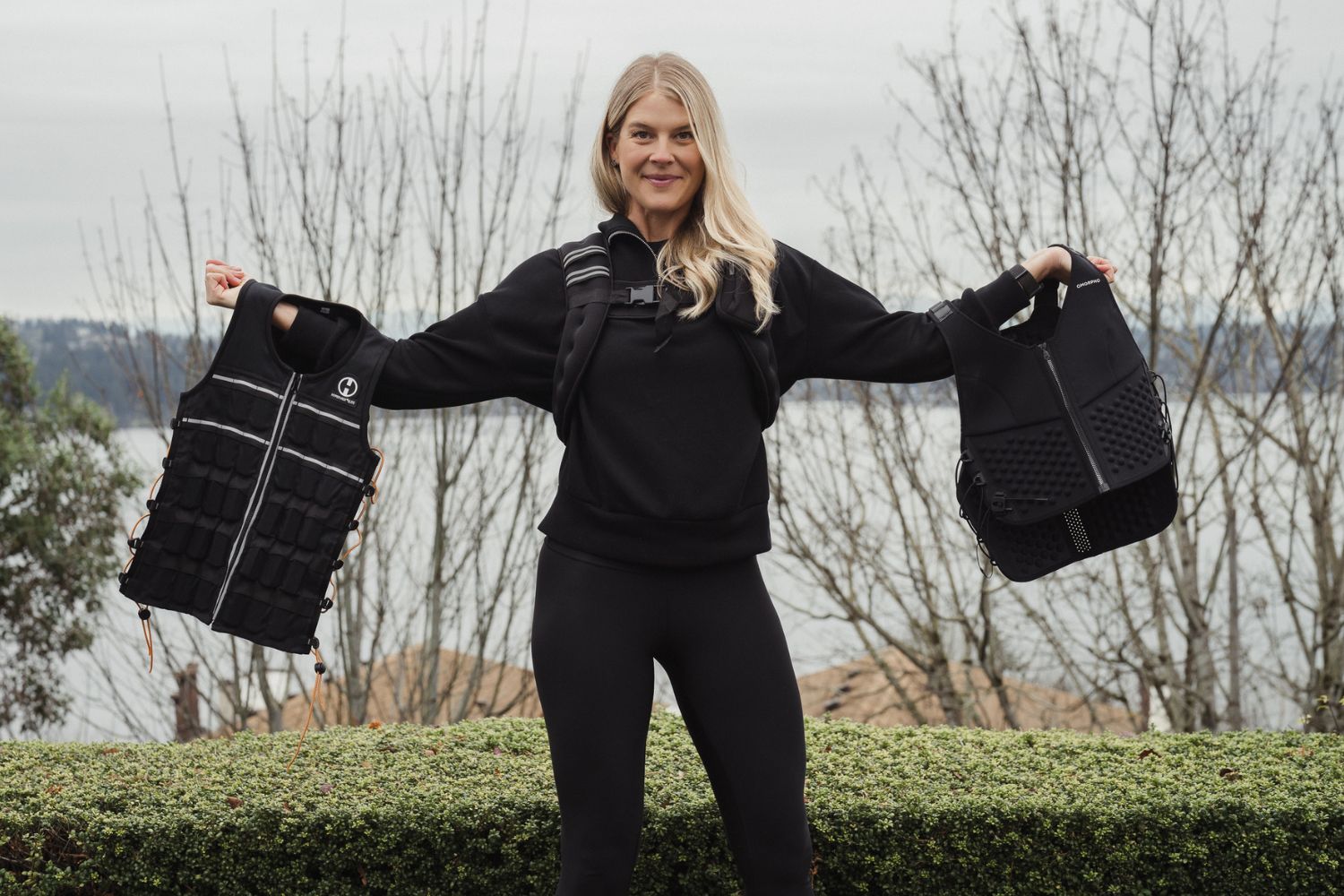
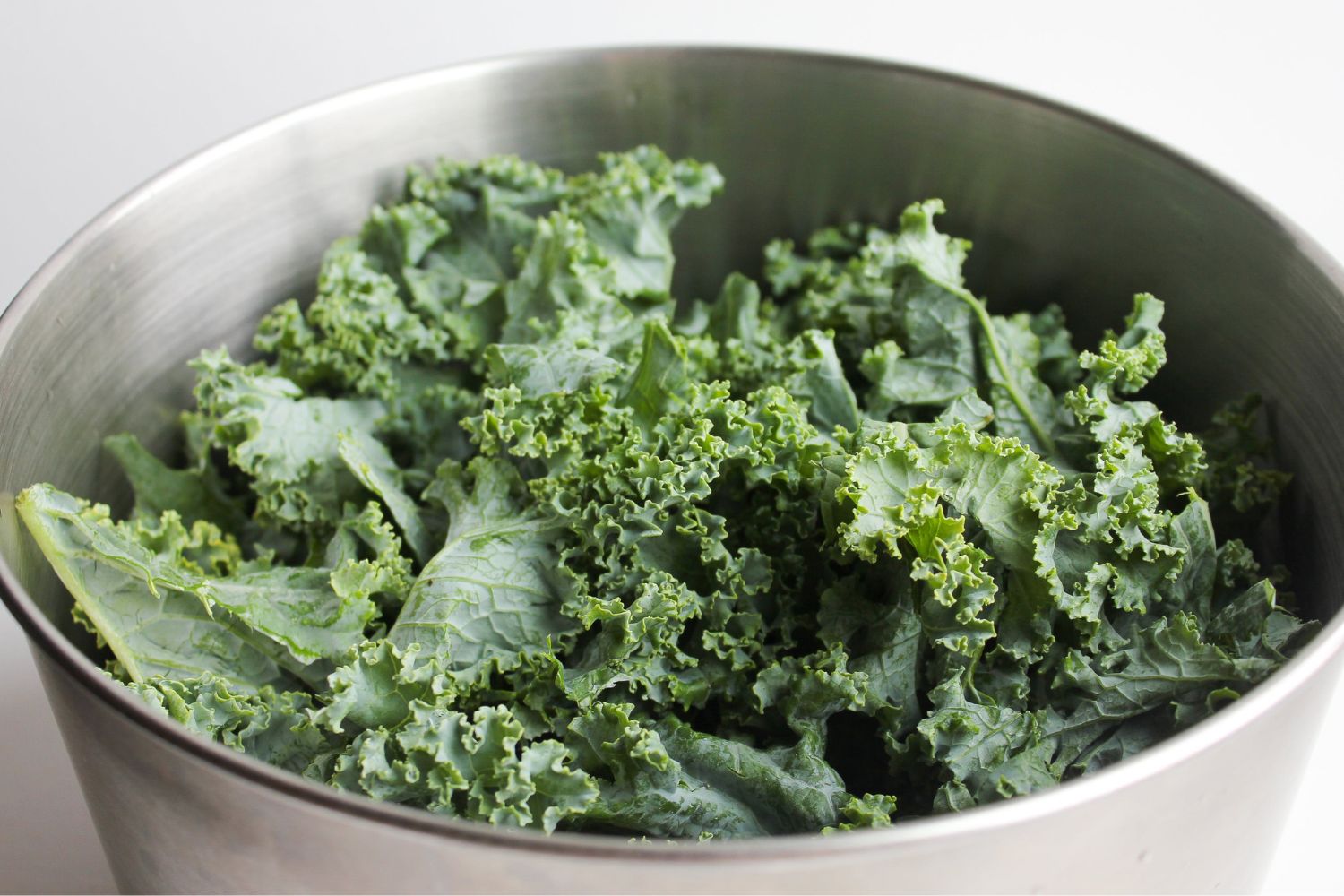
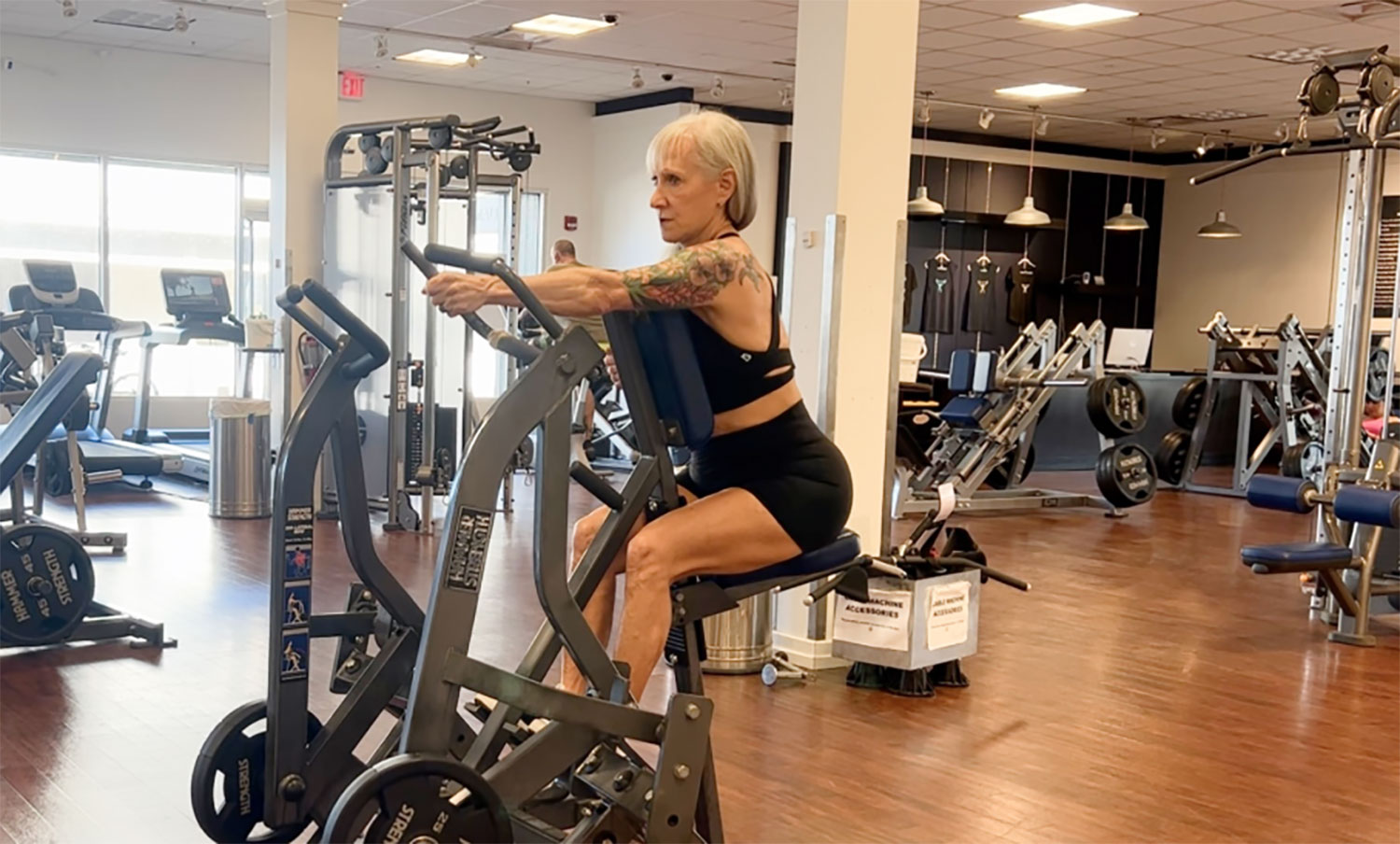
Liz Jones-Dilworth
I’m spending time this week with my aging parents and this article inspired me. One thing I’ve observed in seniors in my life is that they don’t come up with creative solutions to their limitations. I would like to work on my adaptability now so that I can better meet the challenges that are certainly ahead. (if I live long enough!)
Deb K.
Wow – came across this blog by chance, and I gotta say…. We post-meno ladies surely do get pushed into the background, don’t we? Currently a CrossFitter, I’m exploring the ways I need to change my training as I move into my “golden years”. Stacy Sims has tons of great info too. Thanks for writing this! Reach out if you wanna chat more. Would love to build some community.